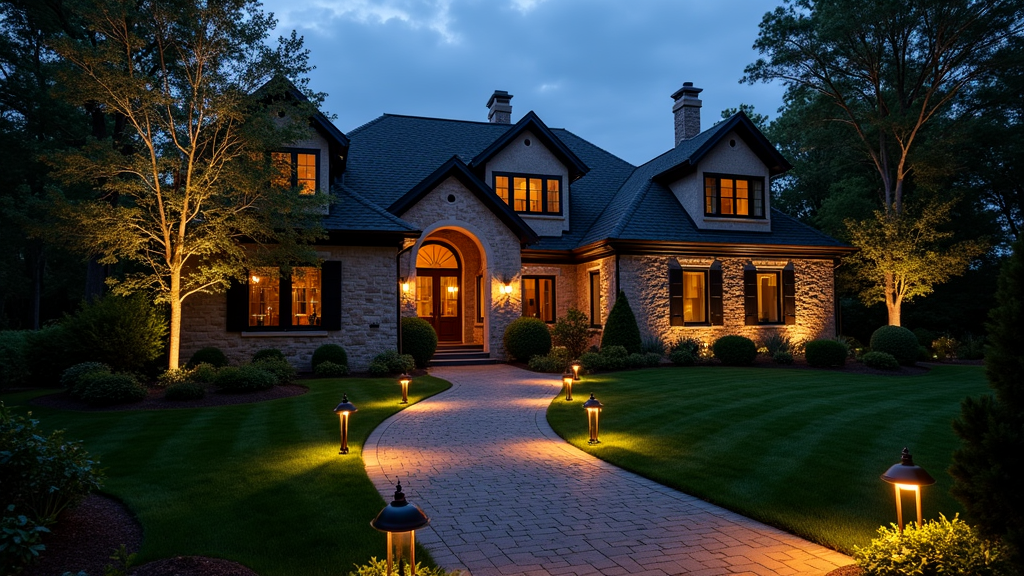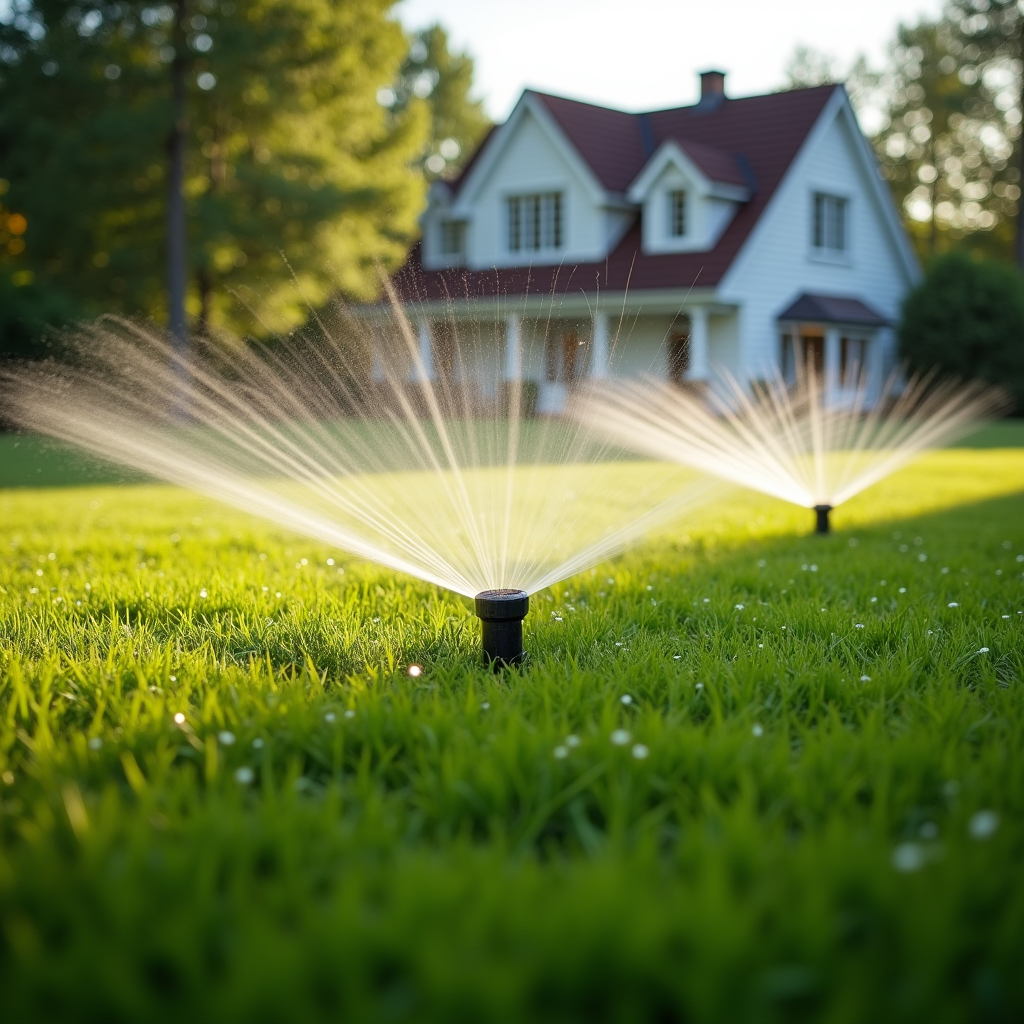Introduction
In an era where urbanization has become the norm, many of us find ourselves living in concrete jungles, surrounded by technology and artificial environments. The disconnect from nature can lead to feelings of stress, anxiety, and even depression. Enter biophilic design—a concept that seeks to reconnect us with the natural world by integrating elements of nature http://sethfhbv882.theglensecret.com/creating-a-pet-friendly-landscape-design-for-your-home-in-stokesdale into our indoor environments. This article delves into Bringing Nature Indoors with Biophilic Design Principles, exploring its significance, methods of implementation, and the myriad benefits it offers.
What is Biophilic Design?
Biophilic design is an innovative approach to architecture and interior design that emphasizes natural elements in built environments. By incorporating aspects of nature—such as light, vegetation, water features, and organic materials—biophilic design aims to create spaces that promote well-being and productivity.
The Origins of Biophilia
The term "biophilia" was popularized by psychologist E.O. Wilson in the 1980s. He proposed that humans have an inherent affinity for nature—a biological instinct to connect with other forms of life. This concept has since evolved into biophilic design principles that architects and designers are now adopting worldwide.
Why is Biophilia Important?
- Mental Health Benefits: Numerous studies indicate that exposure to natural elements can reduce stress levels. Enhanced Productivity: Workspaces designed with biophilic principles often see increased focus and creativity among employees. Sustainability: Integrating nature into designs promotes eco-friendly practices.
Key Elements of Biophilic Design
Understanding the key components of biophilic design is essential for effective implementation. Here are some influential elements:
Natural Light
Natural light plays a crucial role in biophilic design. Maximizing sunlight helps regulate circadian rhythms and enhances mood.
Benefits of Natural Light
Improves mood and reduces depressive symptoms. Increases productivity levels in workspaces. Reduces energy costs through decreased reliance on artificial lighting.Tips for Incorporating Natural Light:
- Use large windows or skylights. Opt for open floor plans to facilitate light flow. Utilize reflective surfaces to amplify daylight.
Indoor Plants
Integrating indoor plants is one of the simplest yet most impactful ways to bring nature indoors.
Advantages of Indoor Plants
Enhance air quality by absorbing toxins. Increase humidity levels, benefiting skin health. Promote relaxation through soothing visuals.Suggestions for Plant Selection:
- Choose low-maintenance plants such as snake plants or pothos. Consider a vertical garden if space is limited.
Water Features: A Touch of Serenity
Water features add an element of tranquility to any indoor space.
Types of Water Features
- Fountains Aquariums Wall-mounted water installations
Benefits
The sound of flowing water can reduce stress. Creates a serene atmosphere ideal for relaxation or meditation.Natural Materials in Design
Using natural materials—like wood, stone, and clay—enhances the tactile experience within spaces.
Why Choose Natural Materials?
They evoke warmth and comfort compared to synthetic alternatives. They contribute positively to indoor air quality by minimizing harmful VOCs (volatile organic compounds).Color Schemes Inspired by Nature
Colors influence mood significantly; hence choosing a palette inspired by nature can elevate your interior space's ambiance remarkably well.
Nature-Inspired Color Palettes
Earthy tones (browns, greens) Soft blues (sky) Warm yellows (sunlight)Landscape Design: Bridging Indoor and Outdoor Spaces
Landscape design isn't just about outdoor aesthetics; it plays an integral role in biophilic interiors as well.
Creating Visual Connections
Large windows overlooking gardens or green roofs can significantly enhance occupants' connection with nature from within their homes or offices.
Landscape Design North Carolina: A Case Study
North Carolina landscapes offer diverse flora that inspires local architects to embrace biophilic principles better within their designs—whether residential or commercial.
The Role of Air Quality in Biophilic Spaces
Good air quality is paramount in any indoor environment; hence integrating systems that ensure fresh air circulation is vital.
Air Quality Improvement Techniques
Install HVAC systems with advanced filtration systems. Incorporate plants known for their air-purifying qualities.How Technology Supports Biophilic Design
Technology can complement biophilic principles rather than undermine them when used wisely.
Smart Technology Applications
Automated window shades that adjust based on sunlight levels. Smart irrigation systems for indoor gardens ensuring optimal plant health without excessive maintenance efforts.Case Studies: Successful Implementations of Biophilic Design
Examining real-life examples will help illustrate how biophilic principles come alive within various spaces:
Corporate Offices
Many tech companies have adopted open spaces filled with greenery, enhancing employee satisfaction while promoting collaboration through shared areas embraced by nature's beauty!
Residential Homes
Homeowners are increasingly designing their properties around existing trees or creating courtyards filled with native plants—all while ensuring easy access from their main living areas!
FAQs About Bringing Nature Indoors
Q1: What are some easy ways I can start incorporating biophilic design at home?
Start small! Introduce houseplants, use natural materials like wood or stone, maximize natural light through window treatments, or paint walls using earth-inspired colors!
Q2: Can I implement biophilic design principles on a budget?
Absolutely! Simple changes like adding affordable houseplants or rearranging furniture for better light exposure can make significant differences without breaking the bank!
Q3: Is there scientific evidence supporting the benefits of biophilia?
Yes! Research shows exposure to natural elements lowers stress levels while boosting creativity—essentially improving overall mental health!

Q4: How does landscape design influence indoor biophilia?
Effective landscape design creates visual connections between indoors/outdoors—not only enhancing aesthetic appeal but also providing opportunities for experiencing nature firsthand!
Q5: Are there specific plants recommended for improving indoor air quality?
Yes! Some top choices include snake plants, peace lilies, spider plants—all known for their ability purify indoor air effectively!
Q6: Can technology detract from a biophile atmosphere?
Not necessarily! When utilized mindfully (e.g., controlling lighting/temperature), technology complements this approach rather than detracts from it!
Conclusion
In summary, embracing the principles outlined in “Bringing Nature Indoors with Biophilic Design Principles” can transform our everyday environments into sanctuaries that nurture both body and soul alike! Through thoughtful integration—utilizing natural materials & colors while maximizing sunlight—we create spaces not just aesthetically pleasing but beneficial too! Remember—it doesn't take grand gestures; even small changes pave ways toward reconnecting with nature inside our homes/offices leading ultimately towards greater well-being & happiness overall! So why wait? Take those first steps today towards creating your own personal oasis amidst life's chaos!
